Adbadri ,also known in revenue records as Helisera, is set in beautiful surroundings and the road from Lohba to Adbadri passes through scenic terrain. Just above Adbadri is the small Lake of Benital. At Adbadri are the remains of Sixteen temples similar to those found at dwarahat ( in district Almora) and the one dedicated to Badrinarayan is still used for worship as are the others but to a lesser degree. The local people have a superstitious belief that in a few year the road from Joshimath to Badrinath will be closed by the meeting of the hill near the temple that stand opposite each other and that then this temple will become a place for pilgrimage. There are remains of sixteen small temples, of which seven are more ancient with flat roofs belonging to the late Guptas period. Local tradition assigned the building of the temples to the the Shankracharya, the celebrated reformer and philosopher of the eighth century. All the temples are crowded together into a small space( 12.5 mts X 25 mts.) and vary in height from 2 to 6 mts.
The Main temple of Narayan is distinguished by a raised platform in the front, roofed in and leading to the small enclosure of the pyramidal form, where the idol is enshrined. The idol of Vishnu is a metre high, sculpted out of black stone. Vishnu is of course, another name of Bdrinath and so this temple is also known as adibadri. It is one of the five Badris ( Panch Badris) the others being Vishal Badri, Yog-Dhyan Badri, Vriddha Badri and Bhavishya Badri. All five shrines are situated in close proximity.
Adi Badri is a famous and ancient temple of the Hindus. Adi Badri Temple is located in chamoli district of uttarakhand state of India. This temple is located on the confluence of the Pindar river and Alaknanda river in Chamoli district, 17 kilometers beyond the Karnprayag. Adi Badri temple is the first temple in Panch Badri and Saptya Badri. Adi Badri is a group of 16 temples. It is believed that this temple was built during the Gupta period and from the 5th century to the 8th century.
It is believed that these temples were constructed by Adi Shankaracharya. Adi Shankaracharya is credited for the construction of several temples in Uttarakhand region. The objective of the construction of these temples by Adi Shankaracharya was to promote Hindu religion in every remote part of the country. There are 16 temples but two temples have been dilapidated. The main temple is dedicated to Lord Vishnu and statue of Lord Vishnu in the temple is standing here, which is made of 3.3 feet high black stone. Which is made different to other temple of Lord Vishnu. In the image, a mace, lotus and chakra are depicted in the hands of Vishnu. The maintenance of these temples is done by the Archaeological Survey of India.
Adi Badri is located 3 kilometres (1.9 mi) from Chandpur fort or Garhi located on the hilltop, which was built by the Parmar kings of garhwal. Adi Badri is an hour’s drive from Karnaprayag and close to Chulakot on the way to Ranikhet. On shifting of Badrinath (also known as Raj Badri) to Bhavishya Badri, Adi Badri will be called the Yog Badri.
How to Reach:
By Air
Nearest airport is Jolly Grant, Dehradun which is about 210 km from Adbadri. Taxi and bus services are available from Dehradun airport to Adbadri.
By Train
Rishikesh, Haridwar & Dehradun all have Railway Stations. Nearest rail-head from Adbadri is Rishikesh (192 km approx). From Rishikesh one can take a bus/Taxi to reach Adbadri.
By Road
Adi Badri is approachable from Karnaprayag, 19 kms which in turn is connected by a motorable road with Ranikhet, Nainital and Ramnagar.



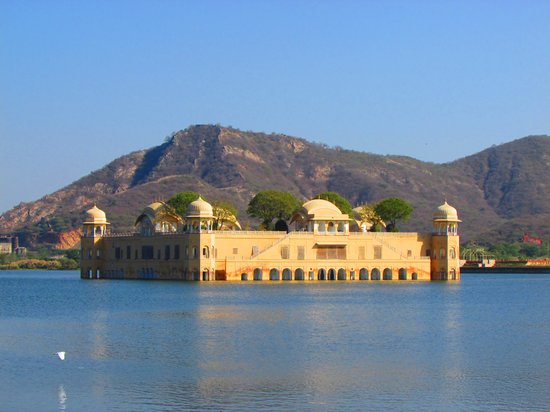
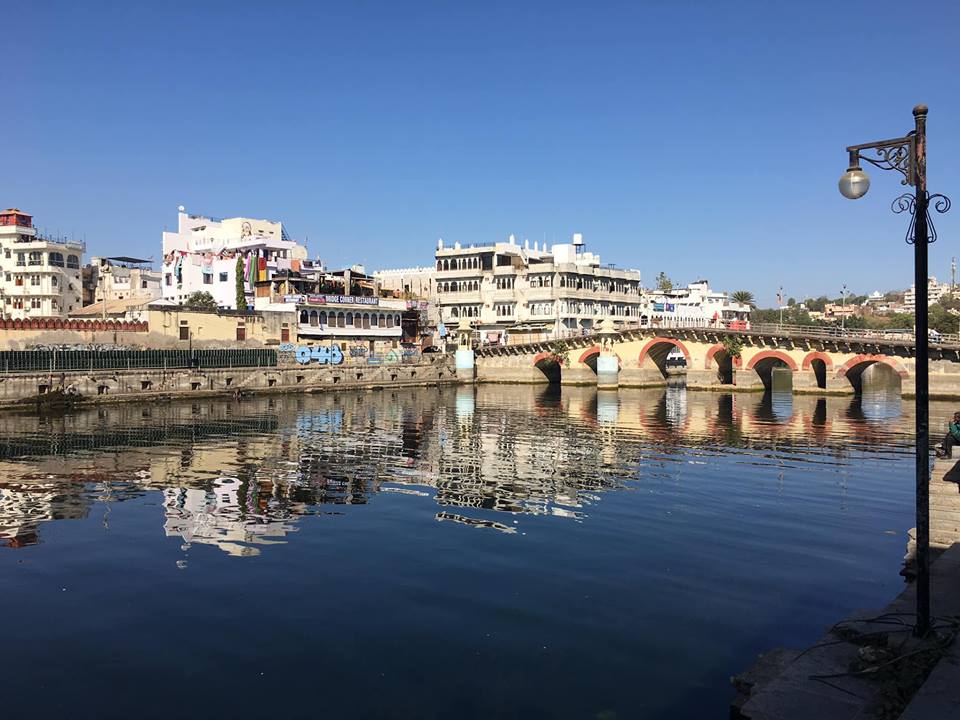
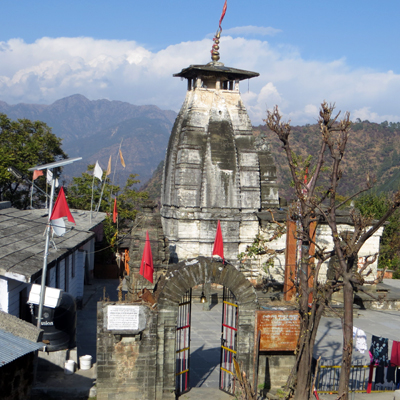

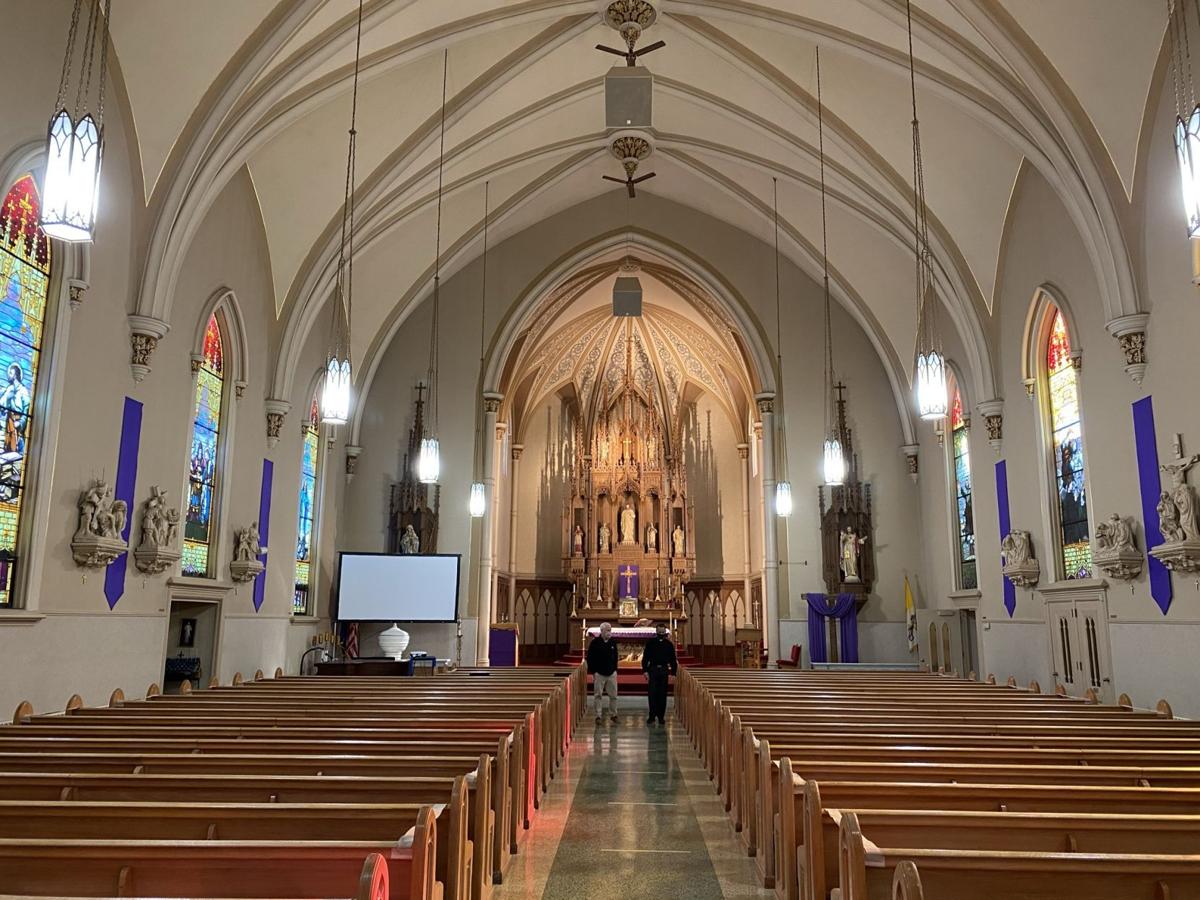

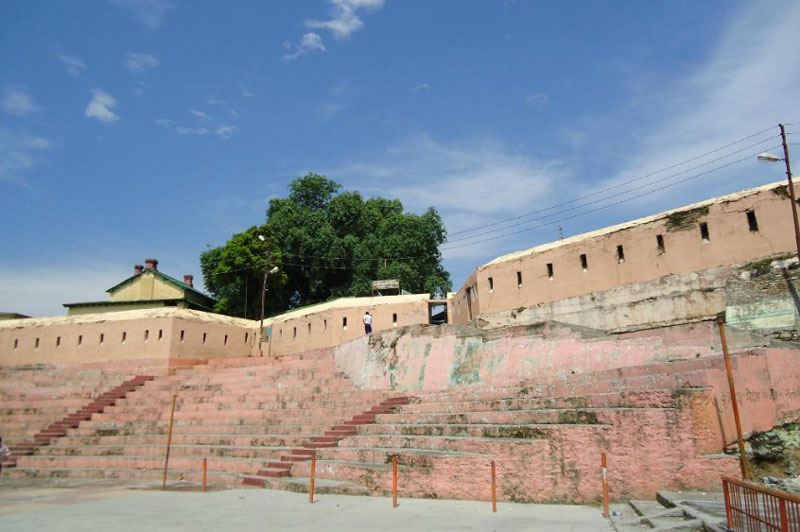



3 Comments
Comments are closed.